What Is the Exosphere?
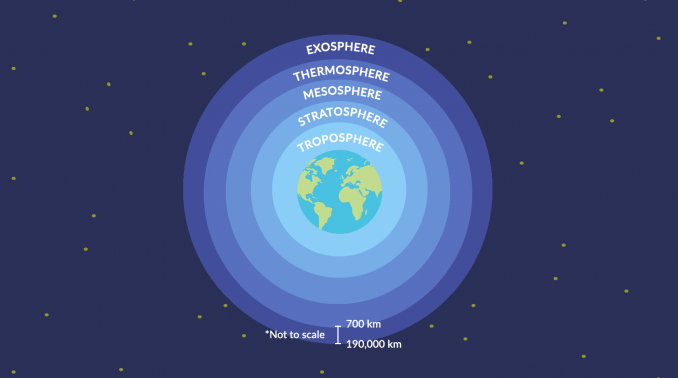
“The exosphere is the upper part of Earth’s atmosphere. It starts at about 500 km and extends to the uppermost edge of Earth’s atmosphere at around 190,000 km.”
Here are some of the highlights of the exosphere:
- FADES INTO SPACE: The exosphere is part of the thermosphere and is the outermost layer which gradually fades into the vacuum of outer space.
- LOW DENSITY: The density of the exosphere is so low that collisions between molecules are very rare.
- SATELLITES: Most satellites orbit in the exosphere. This includes most GPS, telecommunication and weather satellites.
- OUTERMOST LAYER: Particles in the exosphere are bound by Earth’s gravity but fast-moving ones can escape, leaking from the atmosphere.
Where is the exosphere?
The exosphere is the outermost layer of the atmosphere. It’s part of the thermosphere between about 500 km to 190,000 km (which is roughly halfway to the Moon).
The lower part of the exosphere is the exobase. The exobase can range anywhere from about 500 to 1000 km into the atmosphere, depending on the intensity of solar and geomagnetic activity.
There is no defined upper boundary because of how it gradually fades into the vacuum of outer space. It’s also where the exosphere interacts with the magnetosphere.
What happens in the exosphere?
Most satellites orbit in the exosphere. For example, GPS, telecommunications, and weather satellites circle the Earth in the exosphere. But the International Space Station (ISS) is directly below the exosphere in the thermosphere.
In the exosphere, it’s where hydrogen atoms escape to space in the exosphere. Most gas particles follow a curved path without ever contacting other particles.
But some fast-moving particles escape the Earth’s gravity from the exosphere. Although the amount is minimal (25,000 tons/year), this is the outermost layer where atoms leak from the atmosphere.
What is the temperature of the exosphere?

The sun strikes the exosphere first. This causes the sunlight to heat the low density air. It’s so hot that temperatures can reach up to 2000°C or more.
But it’s also susceptible to variability due to changes in solar ultraviolet radiation and geomagnetic activity. Overall, temperatures in the exosphere are highly dependent on solar activity.
The lapse rate defines how much temperature changes with height. The lapse rate in the exosphere is negative because temperatures increase with height.
What is the composition of the exosphere?
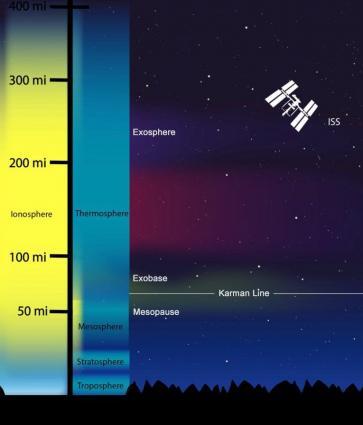
The composition of the exosphere is mostly lighter gases. For example, it primarily contains a thin layer of gases like hydrogen and helium.
Then, the heavier molecules are closer to the exobase. For instance, this includes nitrogen, oxygen, and carbon dioxide.
Overall, some scientists don’t consider the exosphere part of the atmosphere. This is because it has density similarities to the airless vacuum in outer space.
How thin is the atmosphere in the exosphere?
The density of the exosphere is just a fraction of sea level. And its mass is only 0.002% of the total mass of the atmosphere because gas molecules are far apart in the exosphere.
Sound waves can’t travel through this layer of the atmosphere. If your body interacted with the exosphere, it would be freezing cold. Despite having a high temperature, there are not enough gas molecules to transfer heat to your body.
This is also why the exosphere exerts no significant energetic feedback to the lower atmospheric regions.
What Is the Exosphere?
The Earth’s atmosphere is divided into five major layers with the exosphere as the outermost layer of the Earth’s atmosphere.
The exosphere, situated at the outermost fringes of the atmosphere, is where the transition from Earth’s gaseous envelope to the vacuum of outer space occurs.
It’s also home to a sparse collection of atoms and molecules that gradually dissipate into the void beyond.
Do you have any questions? We’d love to hear from you. Let us know what you have to say in the comment section below.

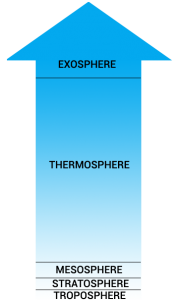

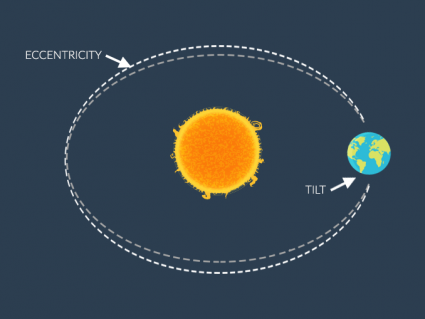
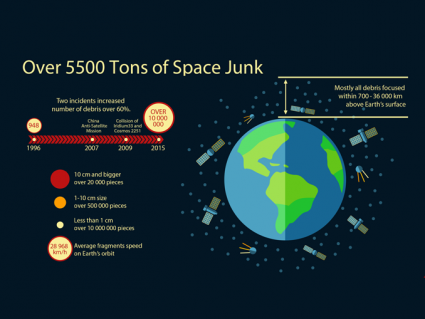

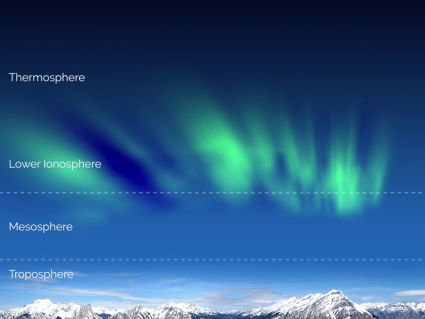
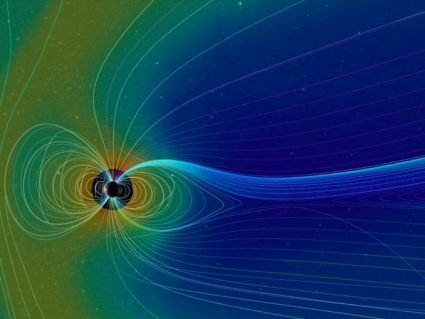

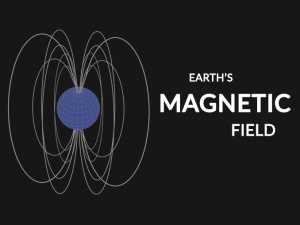

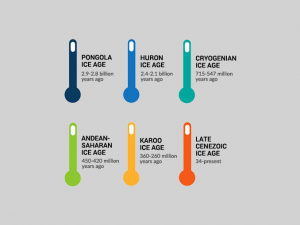




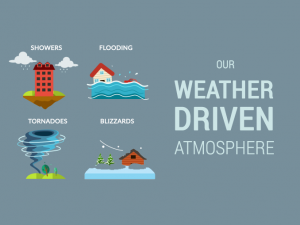
This was nice to look at
You’re bad at naming the spheres
This is an interesting study of the atmosphere, very revealing.
Thanks for helping us understand these tropics
It’s because satellites are constantly being pulled in by gravity and in a state of forward momentum. If satellites were in any of the lower portions of the atmosphere, gravity would be too high and “pull” them into Earth.
Why satellites have to be in the exosphere but not other layers?